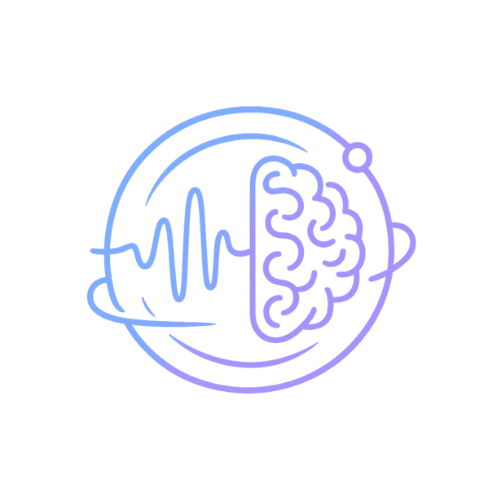From Bone Flutes to Brainwaves: The Deep History of Human Music
Before there were cities, before there was writing—there was music. Some of the earliest humans weren’t just surviving—they were dancing. This post dives deep into how and why music became one of the most universal parts of human life, and what it does to our minds and bodies today.
The First Sounds: Music Before History
Archaeologists have found bone flutes dating back over 40,000 years, made from vulture bones and mammoth ivory, like those found in the Swabian Jura region of Germany (Conard et al., 2009). These aren’t just tools—they’re art, proof that music has been part of the human story since prehistoric times.
Some researchers argue music may be even older, emerging through vocalizations, rhythmic clapping, or drumming with natural objects. Think: the OG rave in a Paleolithic cave 🪘✨
Why Did Humans Start Making Music?
There are a few big theories:
Social bonding –
Music may have helped early humans form tighter communities. Dunbar (1996) proposed that group singing and dancing could replace grooming as a way to maintain large social networks.
Emotional communication –
Music might’ve evolved as a way to express and share emotions before complex language existed. Huron (2001) suggests it helped regulate group moods and responses to danger or joy.
Sexual selection –
Some believe music evolved like a peacock’s tail—showing off cognitive or physical skill to attract mates (Miller, 2000).
Each of these reflects music’s biological utility—it wasn’t just fun. It was adaptive.
Dancing Brains: Music and Mood Today
Fast forward to right now—your brain still responds to music in ways that run deep.
🎧 Music modulates neurotransmitters like dopamine, which is key to pleasure and reward. One study (Salimpoor et al., 2011) used fMRI to show dopamine release during peak emotional moments in music—aka the drop.
🧠 It also affects brainwaves. Different rhythms and tempos can guide the brain into shift states. For example:
Slow tempos can promote alpha waves (8–12 Hz), linked to relaxation.
Fast beats or complex rhythms can stimulate beta or gamma waves, tied to focus and heightened cognition (Jirakittayakorn & Wongsawat, 2017).
💃 And when we dance, it gets even deeper—movement plus rhythm boosts endorphins, builds empathy, and strengthens social bonds (Tarr et al., 2015). It’s why festival crowds feel like family.
We’re Wired for Music
Music isn’t a luxury—it’s a feature of being human. From ancient flutes to modern bass drops, music has always helped us feel, connect, and survive. It moves us because we’re built to be moved. Literally.
So the next time you feel that goosebump moment during a set or cry to a song you didn’t expect to hit you so hard—know that your brain is doing something very old, and very magical 🌀
Citations
Conard, N. J., Malina, M., & Münzel, S. C. (2009). New flutes document the earliest musical tradition in southwestern Germany. Nature.
Dunbar, R. (1996). Grooming, Gossip, and the Evolution of Language. Harvard University Press.
Huron, D. (2001). Is Music an Evolutionary Adaptation?. Annals of the New York Academy of Sciences.
Miller, G. (2000). The Mating Mind: How Sexual Choice Shaped the Evolution of Human Nature.
Salimpoor, V. N., et al. (2011). Anatomically distinct dopamine release during anticipation and experience of peak emotion to music. Nature Neuroscience.
Jirakittayakorn, N., & Wongsawat, Y. (2017). EEG-based brain-computer interface using wavelet transform for mental state classification.
Tarr, B., Launay, J., & Dunbar, R. (2015). Music and social bonding: “self-other” merging and neurohormonal mechanisms.

